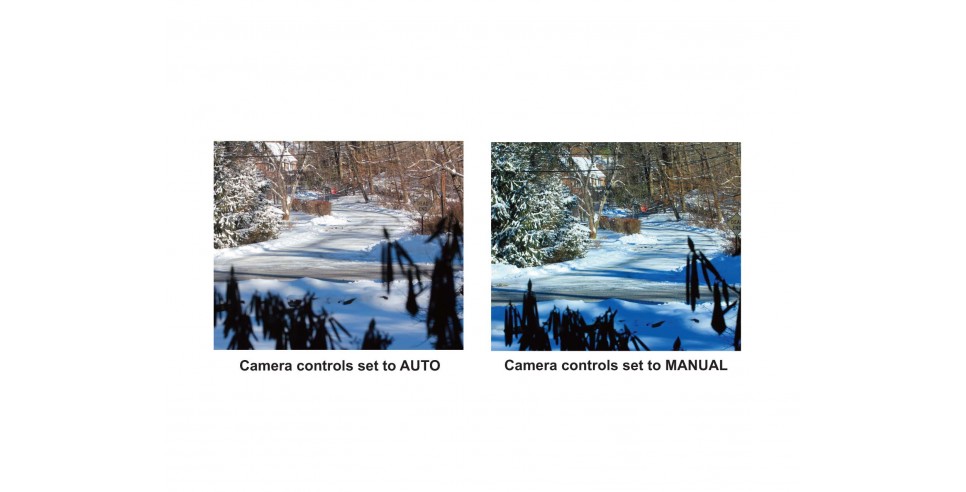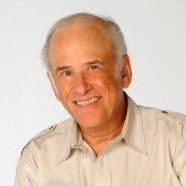
When you leave your machine on AUTO, you are letting it make decisions for you. If you drive a car with an automatic transmission, it is programmed to change gears under certain, predictable conditions. If you drive a standard shift car, YOU make the decisions. You are much more involved in the maneuvering of the car including how and when to shift the gears.
Well, it’s much the same with a camera. If you leave it on AUTO, it will try to give you a correct exposure for very standard types of conditions. However, it also takes the creativity out of making the photograph.
Here are two exposures of the same scene. The left side was shot with the camera on full AUTO mode. The right one was set on MANUAL and the exposure was determined by centering the pointer in the viewfinder. Each produced very different results. Note the increased depth of field in the manual image. Also, the color balance was closer to what the eye saw. The automatic exposure tries to compensate for many things at once. Since the camera has no idea of what you, the photographer have in mind, it just gives you, or tries to give you, a well-exposed photograph. In the photograph on the right, I decided I wanted more depth-of-field, so I set the shutter speed and the aperture accordingly (I think it was 1/80th of a second at f/14).
So, I like to make an exposure calculation with my light meter or use the camera’s meter and then tweak it depending on what I want to emphasize in the image. By taking the camera off AUTO and using MANUAL more often, you put yourself in control and make more decisions about what you want to show and how you want to show it.
Get to know your exposures and what the shutter speeds and aperture settings are for. Make some test exposures and see for yourself, what each setting does. With digital imaging, exposures are cheap. Do a lot of experimenting and start shooting on MANUAL.









